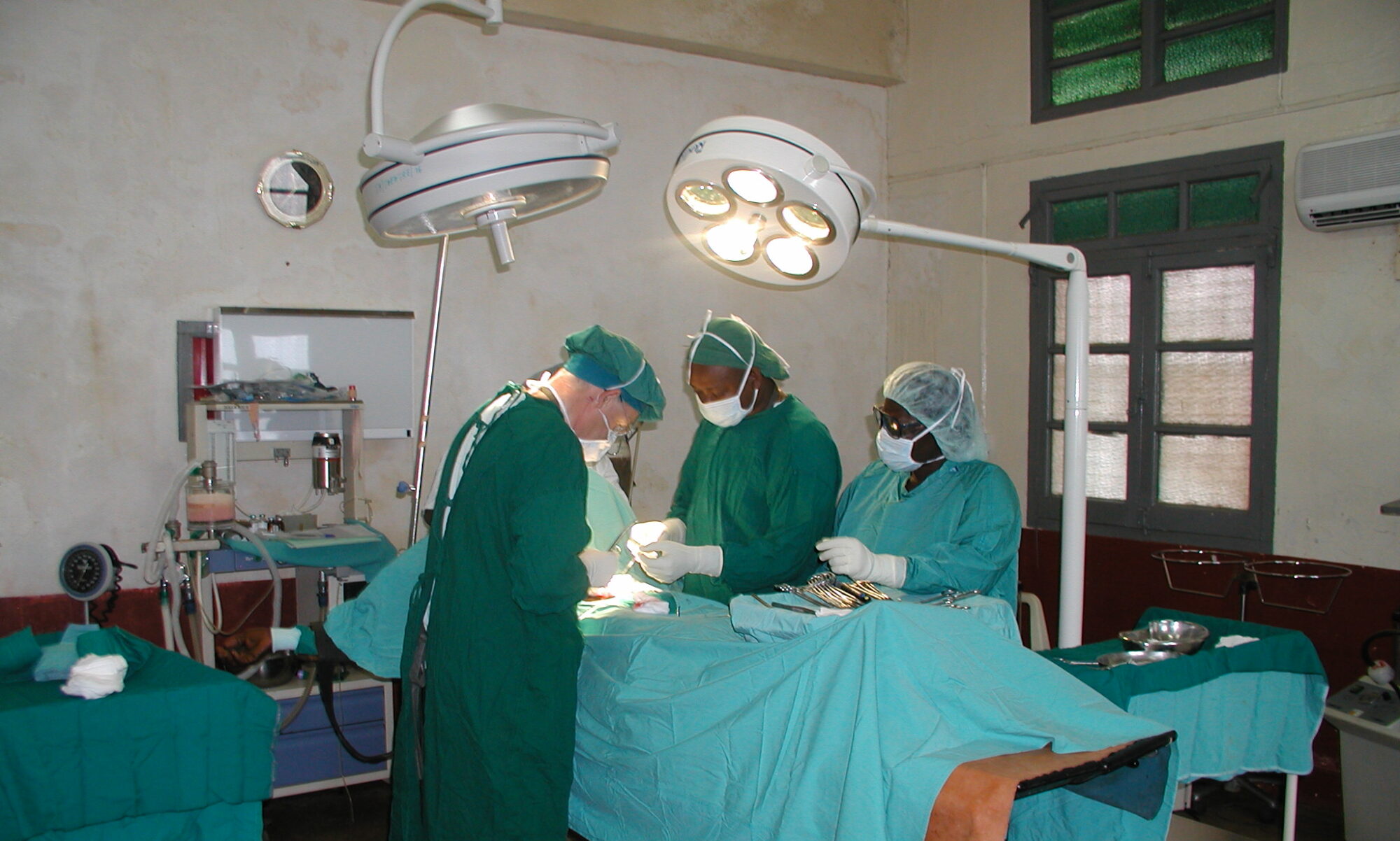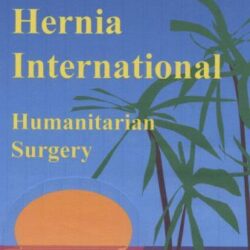Report UGANDA Campaign 2017
Holy Innocents Health center – Kamuturu
Bukedea
Kamuturu, Mbale – Uganda
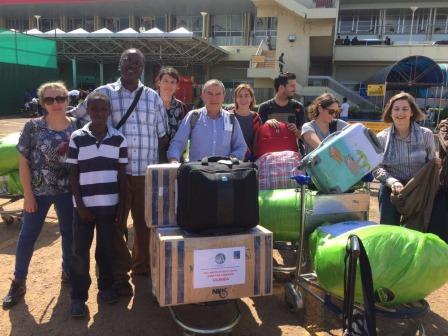
1-10 December/2017: Uganda Campaign
(COLLABORATION: SURGEONS-in-ACTION and HERNIA INTERNATIONAL)
Team leader: T. Butrón
Team:
General surgeons: Teresa Butrón, Sebastián Fernández Arias, Francesc Marsal, Sol Villar.
Anaesthetist: Beatriz Revuelta, Blanca de Prada
Nurse: Manuela Dorado
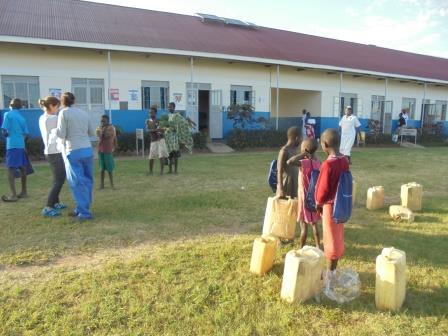
After a year of uncertainty and cancellation of the mission, on the month of October, with Hernia International in Sodo (Ethiopia), Cirujanos en Acción together with Hernia International organizes the first mission for Kamuturu (Uganda).
The references of the hospital where we are going to work imply that it is a rural center under construction, with a project for extension, about which the director provides information, situated at the North-East of the country and, according to the information given by Sister Clare Nantandwe, in charge of the centre, is about 4 hours by road from the Entebbe airport.
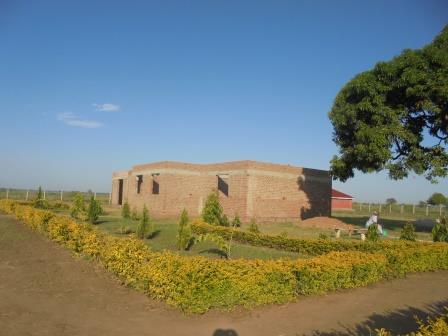
The seven members of the group, 4 surgeons, two anaesthetists and one nurse, planned out in a short time the trip to Uganda. Finally for several reasons we decided to travel with the company Emirates via Dubai till the Entebbe airport, situated at about 40 km from Kampala, capital of Uganda. The Emirates company told us that the total weight accepted without pay would be 30 kg per person, so that we reduced our luggage to 210 kg without any extra kilograms.
On December 1st the group started from Spain with a short stop in Dubai till Entebbe, to Entebbe, Uganda’s international airport. More than 11 hours flight.
Customs were not more complicated than those in other African countries, and our having our visa in advance, having got it through Internet, facilitated our way without any complication, with all our luggage book out previously.
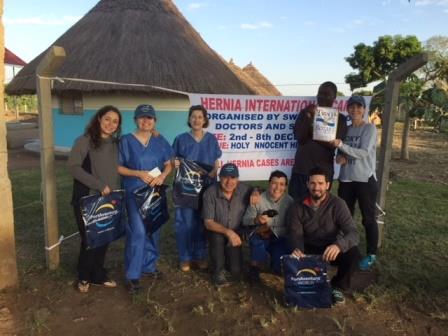
In the airport we were received by the driver who took us to our destination. Our surprise, after our long trip to Uganda, begins with the slowness in traffic, as we had to cross Kampala, the capital of the country, on Saturday evening and from West to East, without any round way that would avoid the heavy traffic in the city. Getting out of the capital took us more than two hours of heavy traffic till we got to the road that links Kampala to Mbale more than 300km ahead. Since in Uganda night comes at 06:30 pm our journey took place mostly at night, through a very poor road with too much traffic and through cities where speed should be diminished, but the Uganda drivers never did that. This gave us, Europeans, a very bad impression.
After more than 8 hours travelling, with the last part of the way (about 40km) through a rural path, our driver decides not to go ahead because of the bad state of the road, so that we had to finish our way walking with our luggage in hand and with lights on our foreheads. The whole team took the situation as part of our adventure, and finally about 01:00 am on Sunday December 3rd we arrived at our destination. Moses and his helpers shifted all the material in our trips on a motorcycle without any problem.
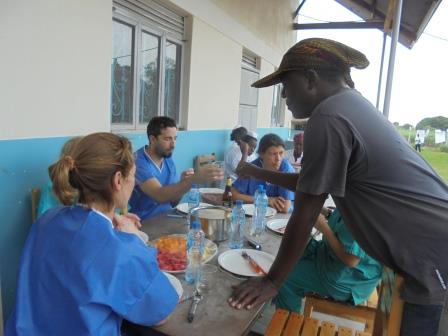
After settling down in our rooms, which were comfortable African shacks with beds, sheets and mosquito nets, we took the supper the Sisters had prepared for us.
On Sunday December 3rd we woke up at 06:00, and after an African shower and breakfast we began to organize the operation theatre where we were going to work, unpacking the more than 200kg of luggage identified as “Cirujanos en Acción”. At the same time two members of our team examined the patients to be treated. Given that the center has not a sufficient infrastructure, particularly from the anaesthetical point of view, we did not operate upon children, so that all our patients were adults.
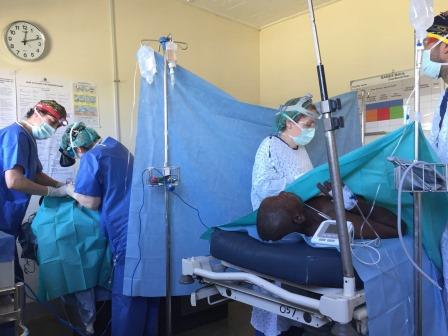
The provisional operation theatre of the Holy Innocents Health Center, is found in one of the pavilions in which a room was made into an operation theater. Two table-stretchers in a place that was meant for other uses would be our operation theatre where we began our work at once. The first two patients, under local anaesthetics, were operated upon for two subcutaneous lipomas, and later we went on to operate upon a total of 14 patients, where the most complex case of an intraumbilical eventration required a Stoppa reparation.
On the whole we operated upon 46 patients in five days, with the further complication that one of the members of our team had to return home for a serious family problem. We decided to go back to the airport, given the difficulties of the journey, on Thursday evening so as to make sure of our arrival with sufficient time for the return flight to Europe.
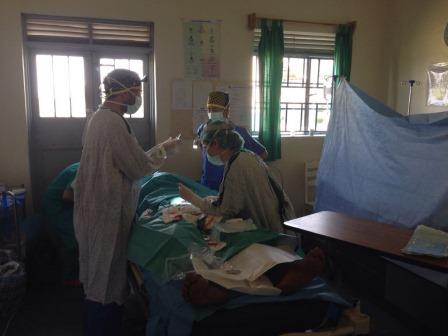
The Holy Innocents Health, a general hospital of 57 beds with an 80% occupation of beds, situated in a very remote zone to the East of Uganda, with rural centers of difficult access, started about a year ago with the idea to cater to a poor population in remote places towards the East in Uganda. Its director and founder, Moses Aisia together with his wife Sister Clare Nantandwe, administrator of the centre, manage the centre. Two family doctors control the patients for infectious sicknesses together with maternity and labour since the main aim of the founders is the reduce the number of child mortality, attack VIH/SIDA and malaria. In the staff there are also four nurses, three midwifes, two technical laboratory helpers, as well as maintenance, cleaning and security staff.
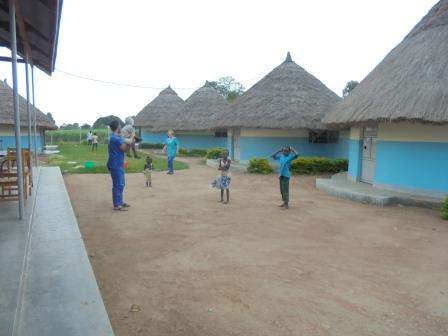
As Moses Aisia says, with the improvement in basic sanitary attention through education, formation and information, the changes will become permanent and deeper with a great impact in future generations. The patients came mainly from Bukedea (53,2%), Sironco and part of the Balubuli districts. Children under 5 years represent 30% of the patients, and approximately 64,7% are women. Moses informs that 89% of the mothers in the community give birth in the centre. It is important to mention that Bukedea was the centre of the civil was in Uganda from 1980 to 1993.
The mission that we in “Cirujanos en Acción” and “Hernia International” carry out had, among other aims, to initiate surgical assistance with the starting of an operation theatre and the postoperation control of our patients by part of staff in the centre with the idea to start new cooperation missions in Kamuturu.
We could observe that there are new pavilions being built for the new operation theater, which with the recommendations of our team and the monetary help they hope to get, could have a better infrastructure and material more complete and in a better condition if possible. The lack of ceiling lamp, plugs for connexions and respirator with oxygen concentrator, make it impossible for now to have some type of interventions and to attend to some kind of patients. Still, our team carried out with good results all the interventions that were programmed after the selection of patients.
In later conversations with Moses we have seen hoy our proposals have been carried out. First, we proposed the possibility of shifting from Entebbe to an airport close to the hospital centre so that we diminished the hours of our way by road, which according to Moses would be possible with local flights with important discounts as it was a cooperation humanitarian mission. Installation of running water in the surgical pavilion is another of the improvements foreseen by the direction of the centre in the new pavilions under construction.
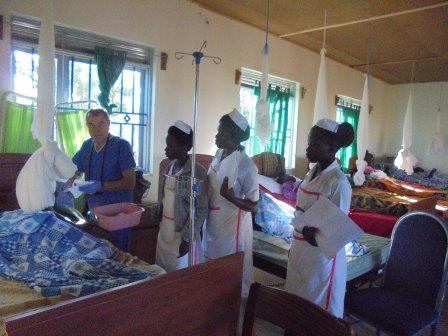
In conclusion, the experience of our camp in Kamuturu, Uganda, has been very positive. The centre and the needs of its extensive population to which it reaches (more than 101.999 persons) can benefit from future missions by surgical groups or voluntaries who may like to live for some months in the hospital centre and, as its director Moses Aisia says, through a process of strategic planning they can attend to all those who may need it at their homes or in the hospital.
Dr Francesc Marsal
